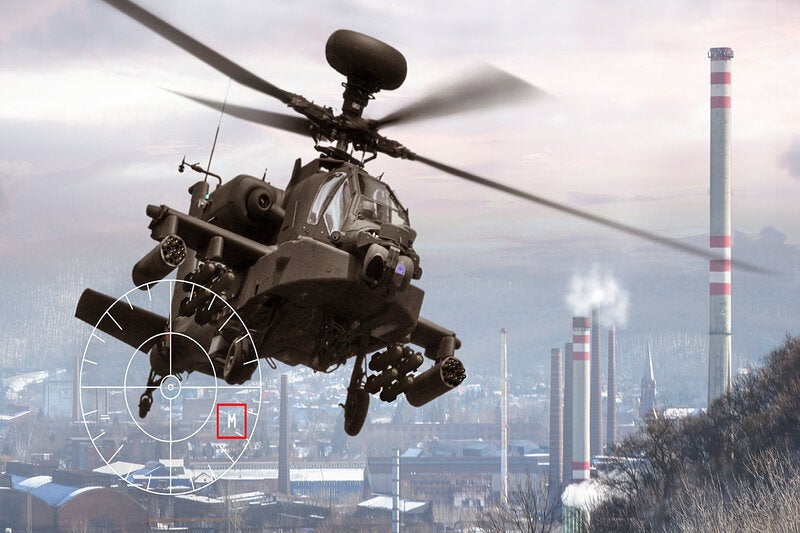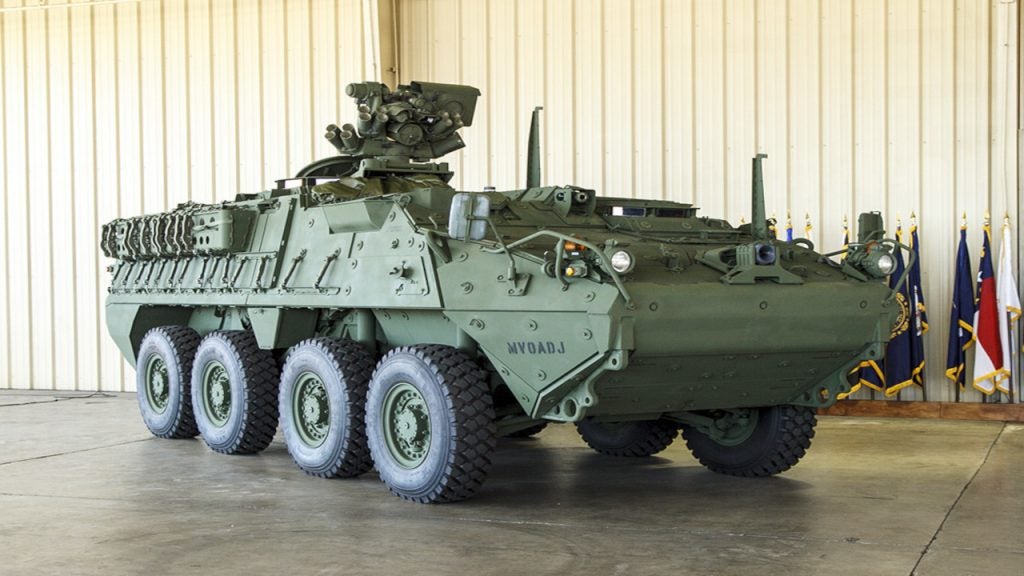
BAE Systems has received orders worth $179m from the US Army for next-generation Missile Warning Systems (MWS).
The awards are part of the Limited Interim Missile Warning System (LIMWS) Quick Reaction Capability (QRC) programme.
It includes the first two production lots and funds to facilitate fielding of the next-generation MWS.
Delivering advanced threat detection capabilities to the aircrews, the MWS system helps increase survivability by protecting them from new and emerging threats and enhance mission effectiveness in harsh conditions.
BAE Systems Threat Detection Solutions director Chris Austin said: “Threats are evolving and proliferating at a rapid pace and our aircrews who fly into harm’s way need the most advanced protection systems available.
“These orders follow an intensive two-year development and qualification programme, made possible by a strong industry-government partnership focused on achieving an aggressive schedule.”
How well do you really know your competitors?
Access the most comprehensive Company Profiles on the market, powered by GlobalData. Save hours of research. Gain competitive edge.

Thank you!
Your download email will arrive shortly
Not ready to buy yet? Download a free sample
We are confident about the unique quality of our Company Profiles. However, we want you to make the most beneficial decision for your business, so we offer a free sample that you can download by submitting the below form
By GlobalDataWork under the LIMWS programme will be carried out at BAE Systems’ facilities in Merrimack, New Hampshire, and Huntsville, Alabama.
In December 2017, the company won a development contract followed by an initial production order awarded in May 2018.
According to the company, LIMWS’ foundation is its 2-Color Advanced Warning System (2CAWS) processor that helps locate threats with high accuracy and quick response.
BAE Systems’ 2-Color Advanced Warning System (2CAWS) is based on two-colour infrared sensor technology.
2CAWS features an open system processor and a fibre optic A-kit for faster data transmission. The system design meets the size, weight, and power (SWaP) needs for US Army aircraft.
It is compatible with existing US Army aircraft survivability equipment, supports air combat missions and easily integrates into fixed and rotary-wing platforms.







